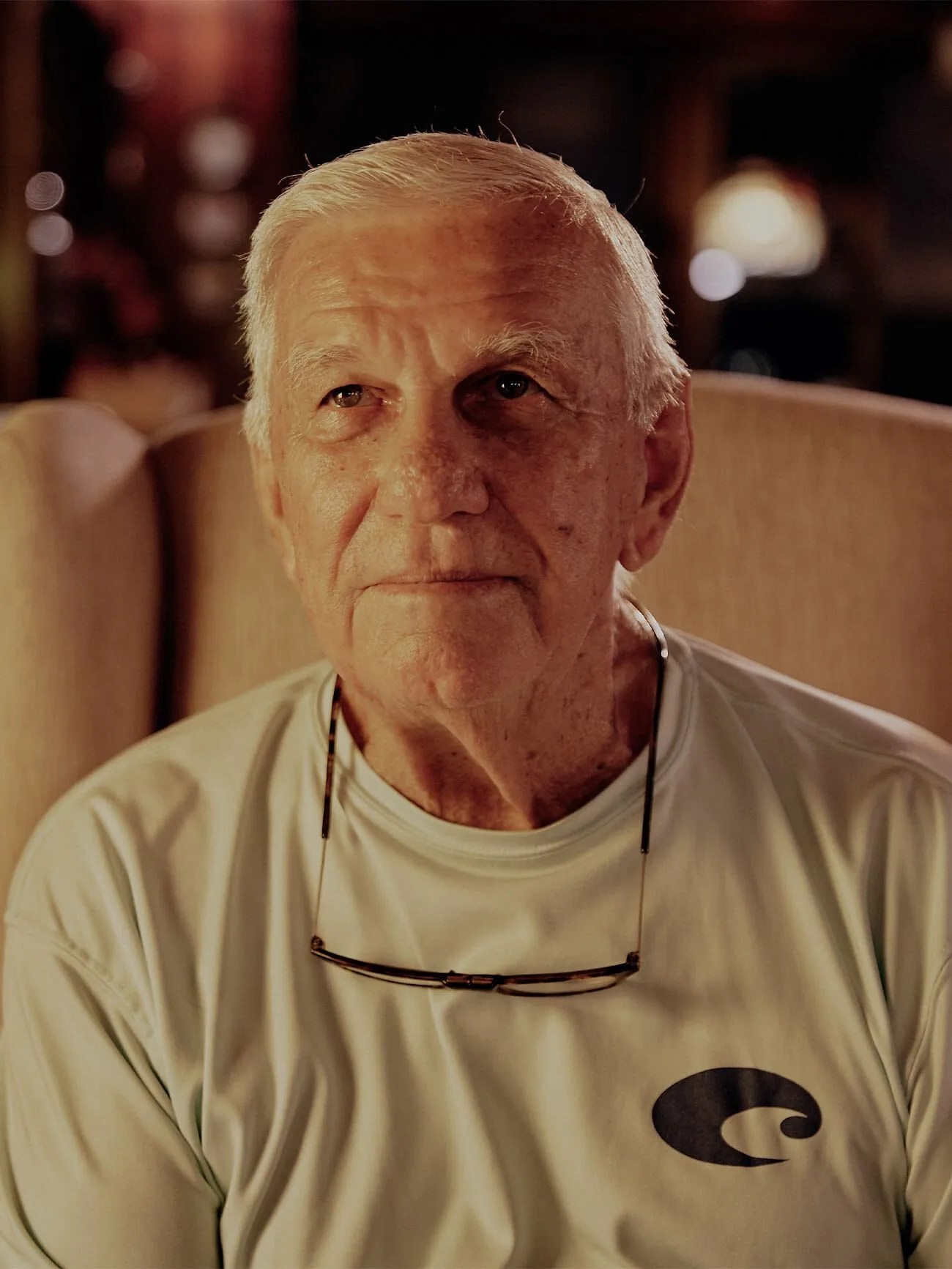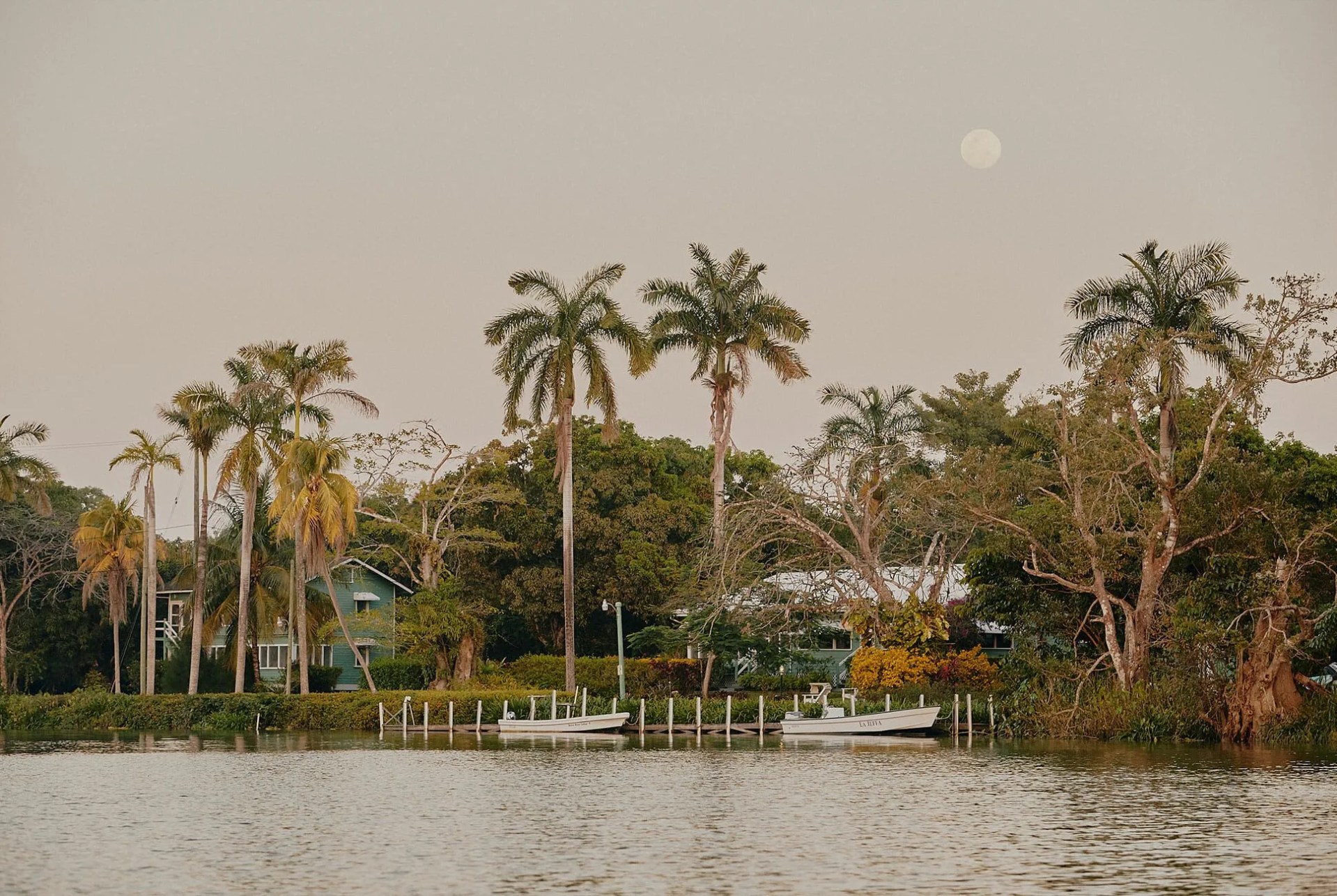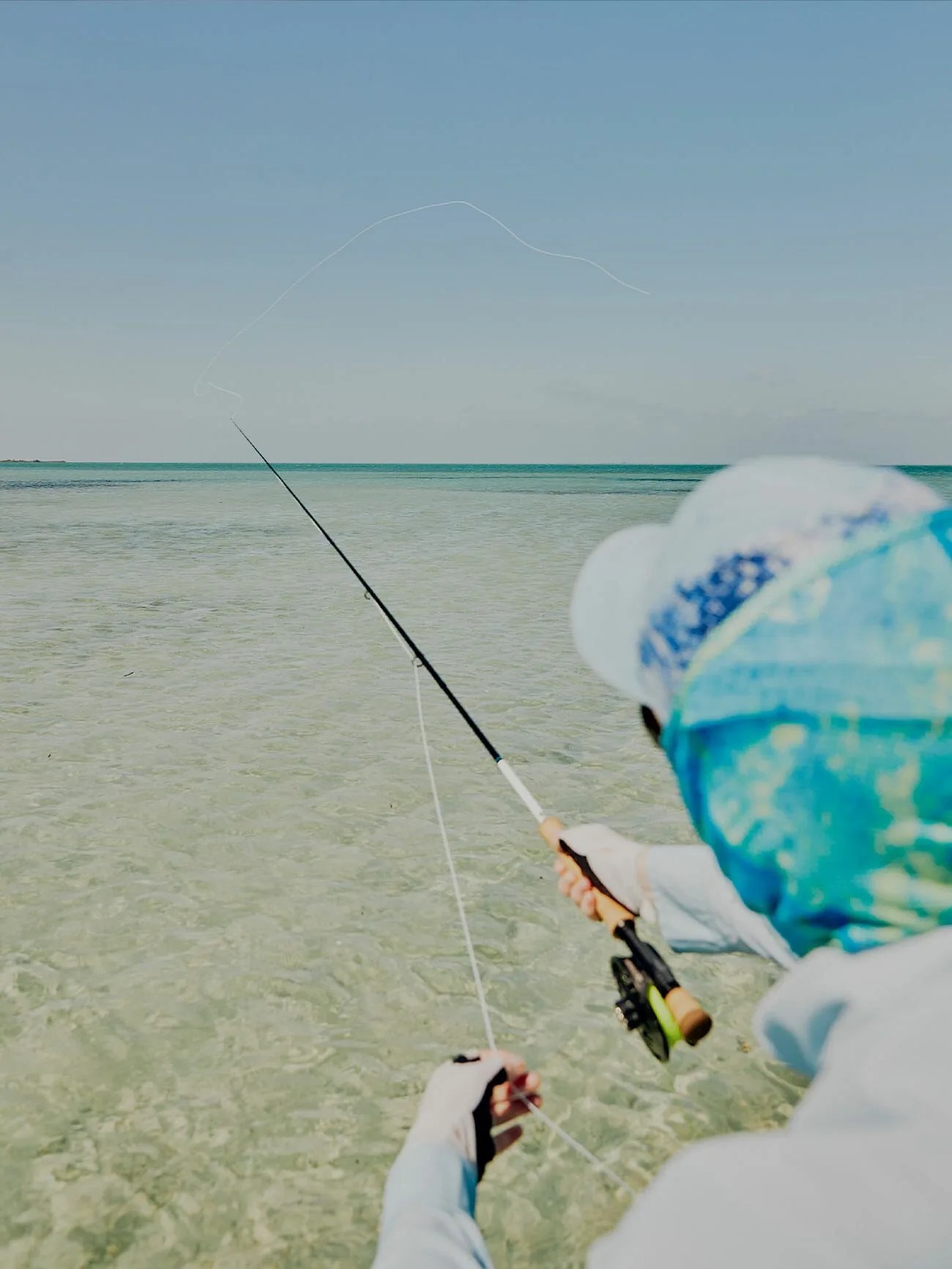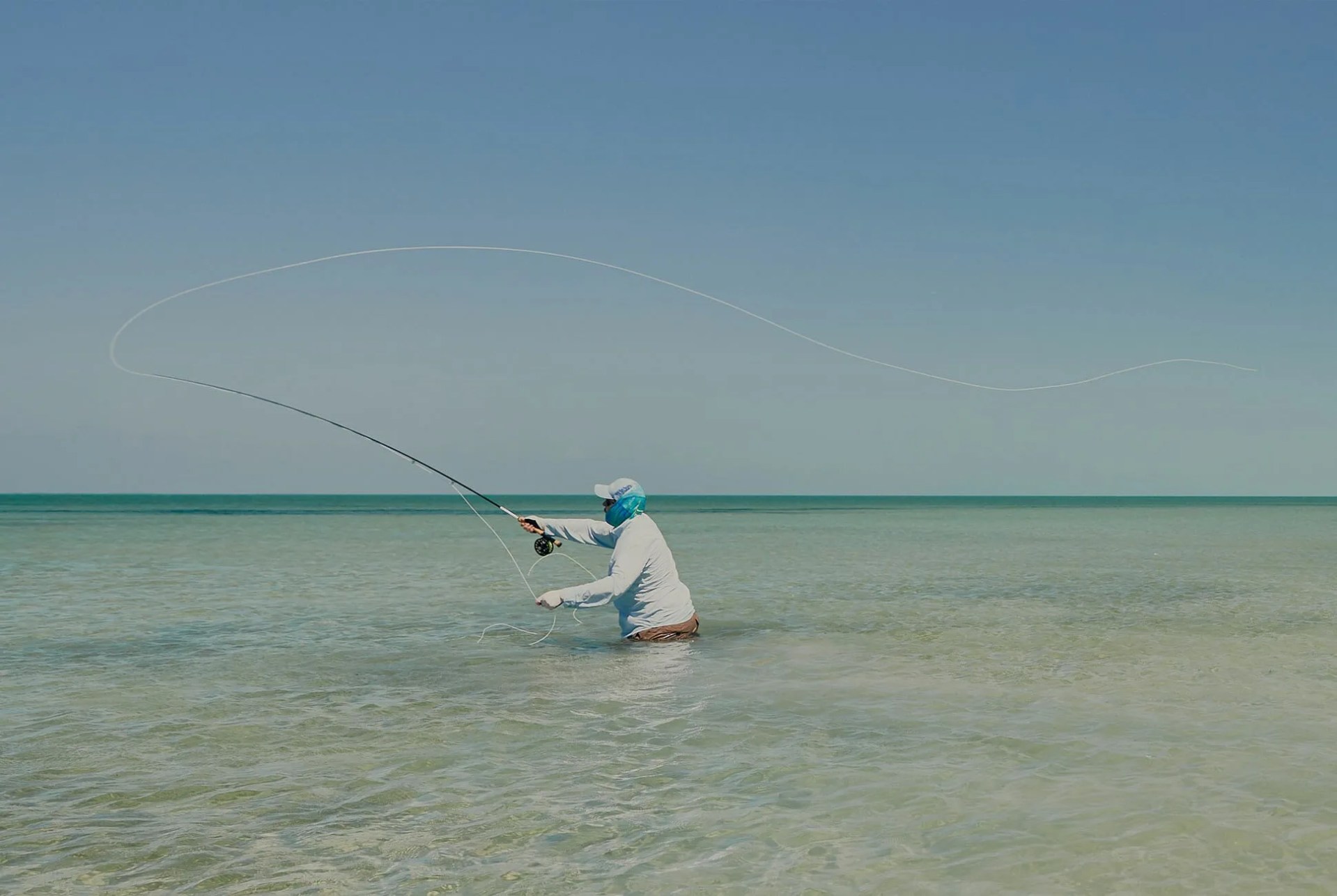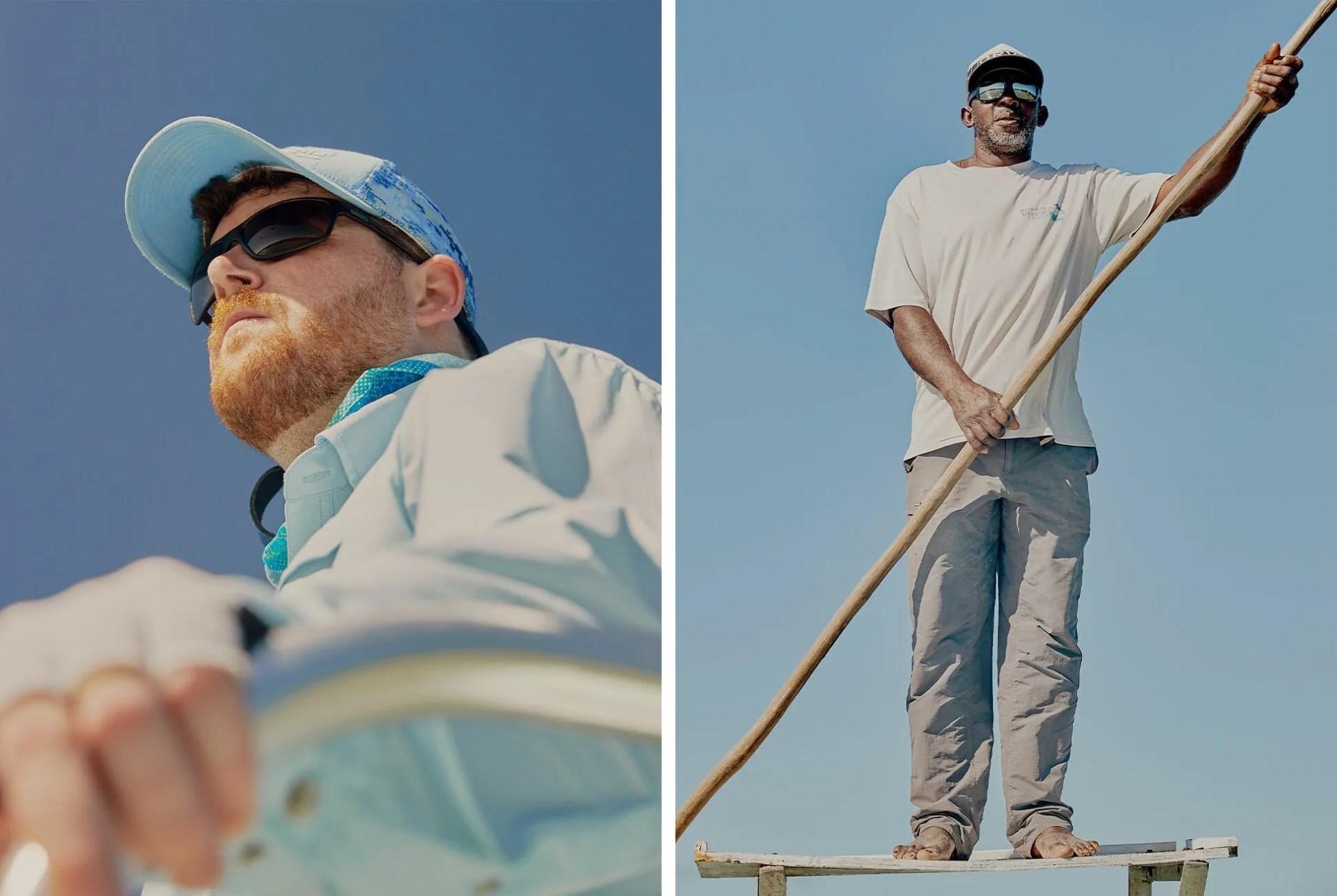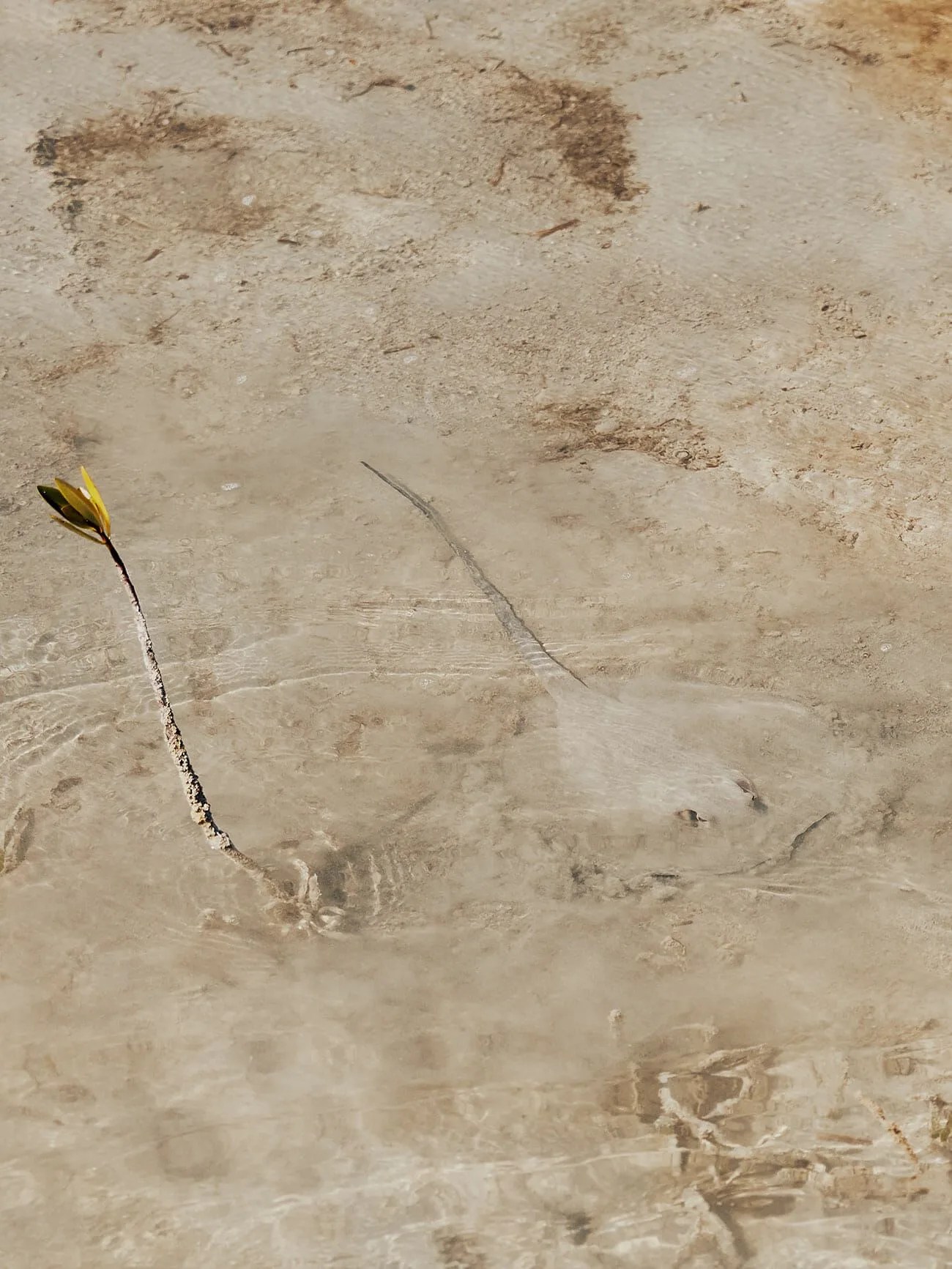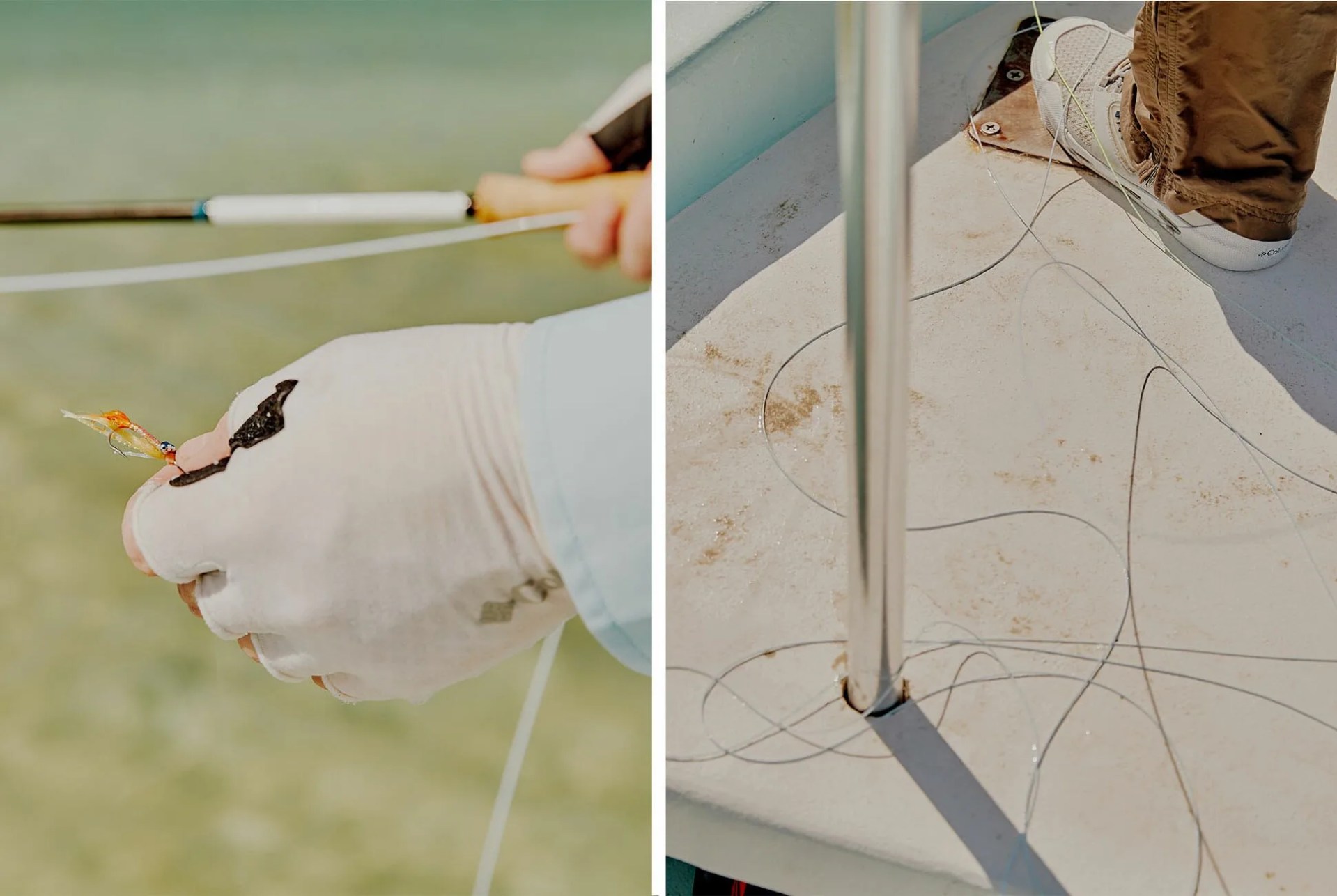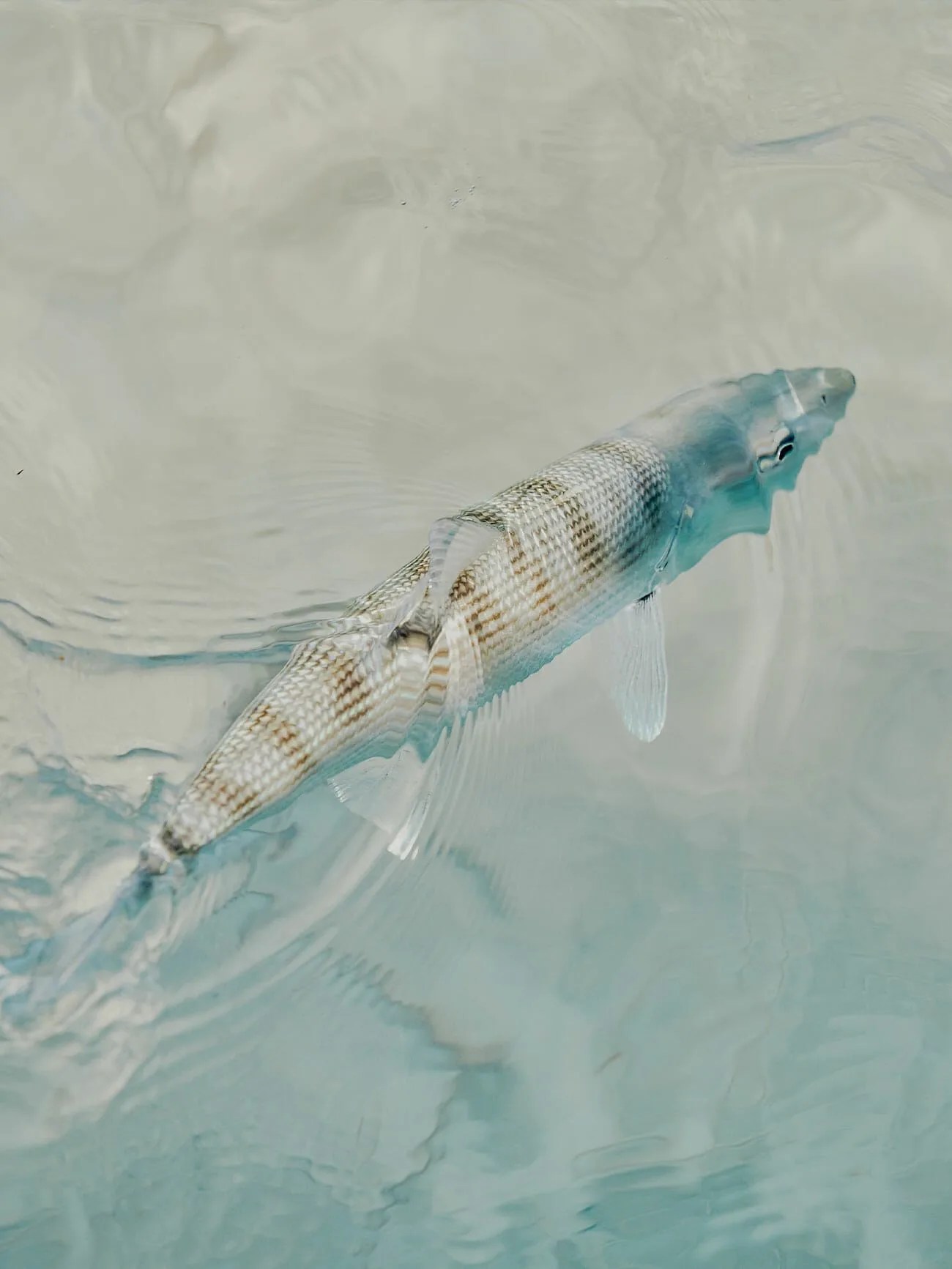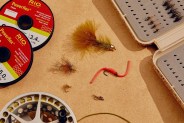A version of this story first appeared in Gear Patrol Magazine. Subscribe today for more stories like this one, plus receive a $15 gift card to the Gear Patrol Store.
I am a statue gliding over a bleached flat, stiffened by salt and wind and sun. In the water ahead of me, a silver knife cuts the surface and in a moment I am casting from the skiff, the fly streaking through the sharp Belize sky, the blisters on my hands forgotten. Sixty feet of line and months of preparation hang in the air. I square my shoulders and flex my knees. And I wait.
Good fishing stories ideally end with a fish. But the stories have changed in recent years, the romance of fishing evolving from brutish grappling matches on the open ocean (picture the conquered marlin, mounted in mid-leap on the wall, a reminder of the strength of the contest) to something faster, more precise, yet altogether more considered.
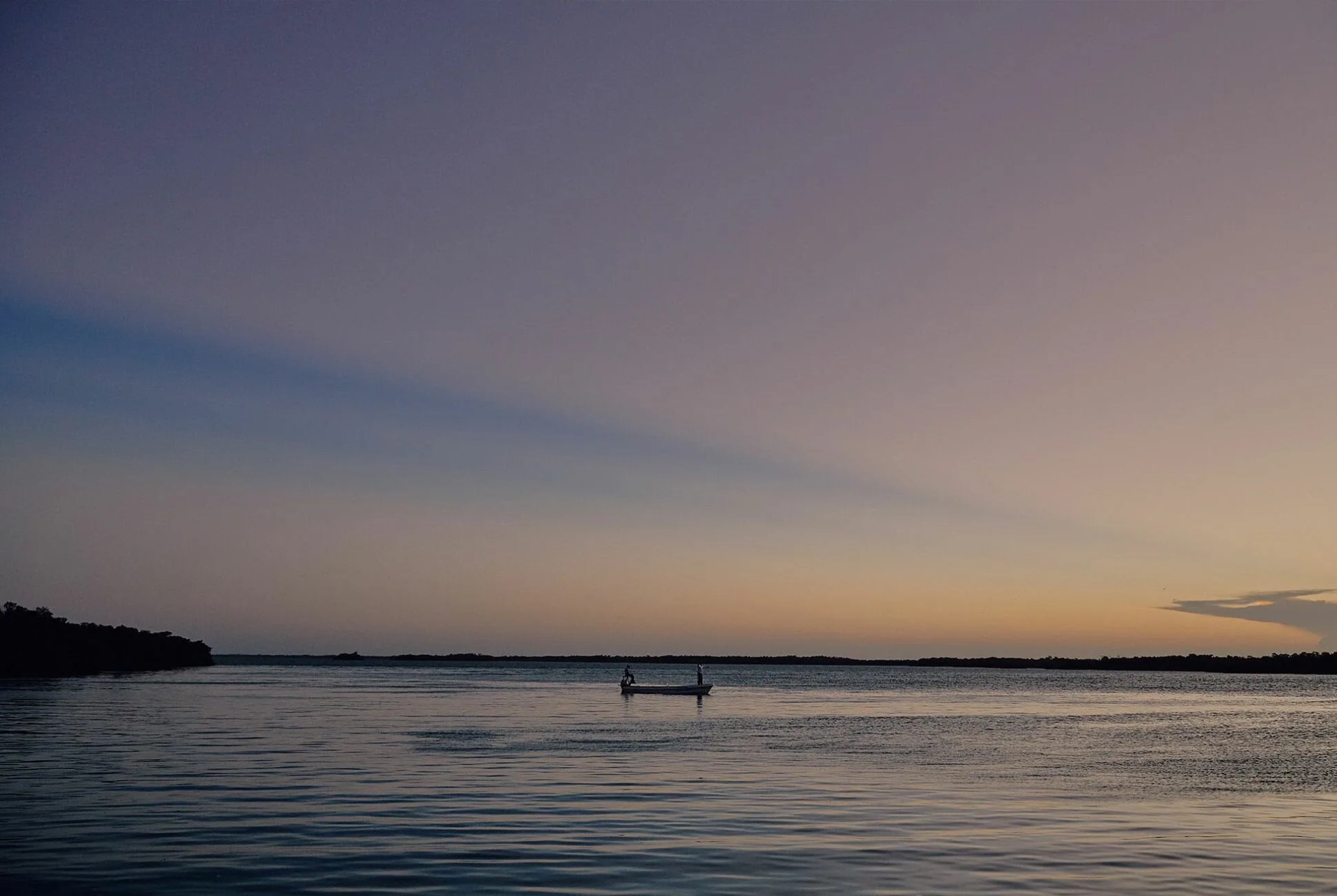
When you talk to a fisherman, a real fisherman, you are talking to a steward of the water. He is a lover of fish. He is angry about the vast islands of plastic poisoning the sea, and about ruinous overfishing and fishery mismanagement. Most of all, a real fisherman wants fishing to survive into the next generation and beyond. That’s partly why catch-and-release practices have gained popularity in recent years: saltwater fly-fishing, a fast and athletic catch-and-release sport that seems more like hunting than fishing, is what fuels interest today. As with other sports, this one has its brash young talent, like Captain Will Benson, and its technical prodigies, like Maxine McCormick, who help define what angling means to a new generation of fishing enthusiasts.
The hobby has turned in a quick, kinetic and eco-minded direction, with amateur anglers setting off around the globe in pursuit of bonefish, tarpon, permit and more — but with plans to return home with no more than what they packed in, raising the question: What exactly are sport fishermen collecting if every fish is the one that got away?
